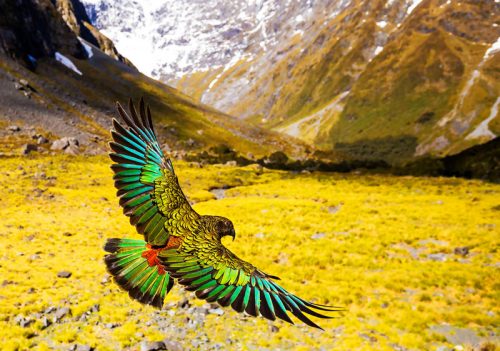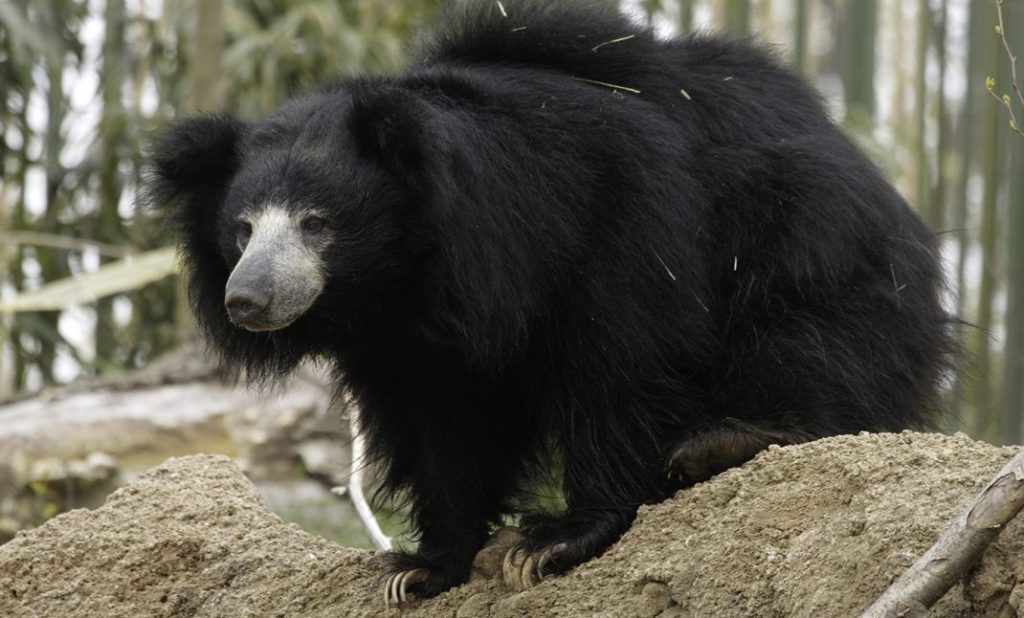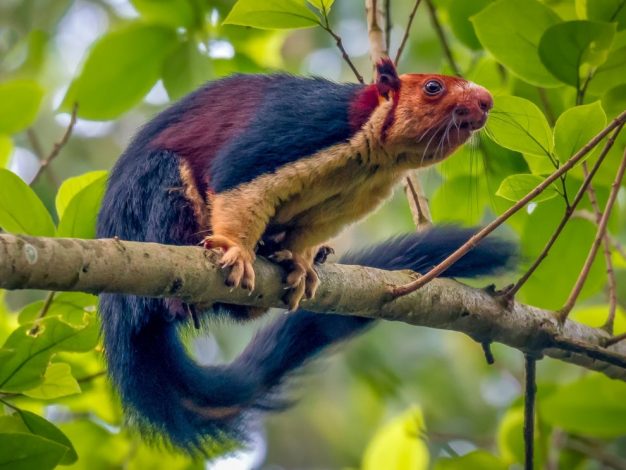Brett Lee-The Best of Binga in ODIs
Brett Lee’s ODI stats: Matches: 221, Wickets: 380, Average: 23.36, 4 Wickets in Innings: 23, 5 Wickets in Innings: 9, Best figures: 5/22 vs South Africa, Etihad Stadium, Melbourne, 2006, Economy Rate: 4.76, Strike Rate: 29.43 5/42 vs New Zealand, St George’s Park, Port Elizabeth, 2003 ICC World Cup. Overs: 9.1, Maidens: 0, Runs: 42, Wickets: 5, Economy Rate: 4.58. A match where fast bowling stole the show. Shane Bond (6/23 off 10 overs) did the job for the Kiwis with the ball and helped restrict Australia to 208/9 off 50 overs. The Kiwis never looked comfortable in the chase. Brett Lee was on another level in the 2003 World Cup, bowling with extreme pace, swing, bounce, and intimidation. He operated between 140-150km/h and when he was on song; he got the ball over 150km/h. Sometimes, he reached 160km/h. Brett Lee: The Best of Binga in ODIs. In the Super Six Encounter against Trans-Tasman rivals, New Zealand, he was superb. He dismissed New Zealand captain, Stephen Fleming, with a short ball. Fleming (48) gloved behind to Adam Gilchrist. Brett Lee then bowled a searing yorker that hit Brendon McCullum (1), plumb in front. Brett Lee: The Best of Binga in ODIs. Lee then came around the wicket to Jacob Oram (0) and bowled him with a delivery clocked at 151km/h that straightened and hit the off-stump. It was a peach of a delivery. If the delivery to Oram was a beauty, then the delivery to bowl Andre Adams was even better. Adams knew that Lee would bowl a yorker. It’s just that he couldn’t do much about it. Lee bowled a 152km/h yorker that knocked the stumps out of the ground. Adams (0) departed and then Lee caught and bowled Shane bond (3) to seal the deal for the Aussies. New Zealand’s last 5 wickets fell for just 10 runs, as Australia bowled New Zealand out for 112, losing the match by 96 runs. Lee was at his brutal best in this game, and the Kiwis struggled to deal with him. Australia won their 3rd World Cup overall, and their 2nd consecutive title. 5/30 vs England, Melbourne Cricket Ground, Melbourne, 2002-03 VB Series: Overs: 9.3, Maidens: 0, Runs: 30, Wickets: 5, Economy Rate: 3.15, 0s: 42. 4) Brett Lee 5/30 off 9.3 overs vs England, MCG, Melbourne, VB Series 2002-03. England’s chase started on an unpleasant note as they lost Marcus Trescothick (0) early. Trescothick upper cut the ball straight to Andy Bichel to the third man. Lee’s next victim was Nick Knight (5). Knight looked uncomfortable against the Aussie fast bowler, but he was a little unlucky as Andrew Symonds caught him at backward square leg. England were 216/6 after 47 overs and needed 14 runs to win off 3 overs with 4 wickets in hand. Australian captain, Ricky Ponting, brought Brett Lee back, and lee did not disappoint. Lee bowled Andrew Flintoff (16) with a yorker pitched on middle stump. Then, Ian Blackwell (1) hit the ball straight to Damien Martyn. England were in trouble. Lee came back for the final over and bowled Andy Caddick (4) with a 152km/h yorker that hit Caddick’s foot and deflected back onto the stumps. That was Lee’s fifth wicket and two balls later, James Anderson (0) was run-out by Adam Gilchrist and Australia won the match by 5 runs, and the Finals, 2-0. England lost their last 4 wickets for 8 runs. Lee bowled with searing pace all night. He intimidated the English batting line-up and the English batting line-up had no answer to Brett Lee’s brilliant fast bowling spell. 5/27 vs India, Adelaide Oval, Adelaide, 2000. Overs: 8.5 overs, Maidens: 1, Runs: 27, Wickets: 5, Economy Rate: 3.05. India needed to win this game to stay alive in the Carlton and United ODI Tri-Series in 2000. The venue for this game was the Adelaide Oval and the occasion, Australia Day. It was also Republic Day in India. It was an enormous game for India. The visitors needed to win. The task became more difficult as they had to chase 330 in 50 overs to defeat Australia. Mark Waugh was brilliant for Australia. Waugh and Adam Gilchrist set the game up for the home side. India were never in the game, as the Aussies bowled the Indians out for 177 in 46.5 overs. Brett Lee destroyed the Indians. Australia’s excellent fielding also put India under serious pressure that saw them falter. Brett lee bowled close to the 150km/h mark in the match and continued his brilliant debut season. His first victim was Sachin Tendulkar (18) who played a loose shot and top-edged the ball to the third man, Stuart MacGill, who took a wonderful catch. Lee’s dismissed Hrishikesh Kanitkar (0), lbw. Although, the ball was hitting the stumps, replays showed that the ball pitched outside the line of leg-stump. Lee bowled Anil Kumble (26) with by a lethal 145km/h plus delivery. Javagal Srinath (0) nicked a ball wide of the off-stump to Adam Gilchrist. Lee’s 5th and final wicket was Debashish Mohanty (1), who Lee clean bowled. Australia knocked India out of the Carlton and United Series 2000., winning the match by 152 runs. Lee picked up his first ODI 5-wicket haul and became the 21st Australian to do so. Him and elder brother Shane, became the second pair of brothers to pick up an international 5-wicket haul after Zimbabwean brothers, Paul and Brian Strang. 5/22 vs South Africa, Etihad Stadium, Melbourne, 2006 VB Series, Overs: 10, Maidens: 0, Runs: 22, Wickets: 5, Economy Rate: 2.20, 0s: 41. Brett Lee-The Best of Binga in ODIs Australia won this game by about 59 runs and under the roof, Brett Lee was a nightmare for South Africa. The visitors bowled Australia out for 245 in 49.2 overs with Phil Jaques (94) top-scoring for the homes side. Andrew Hall (4/35 off 9.3 overs). Australia bowled South Africa bowled









